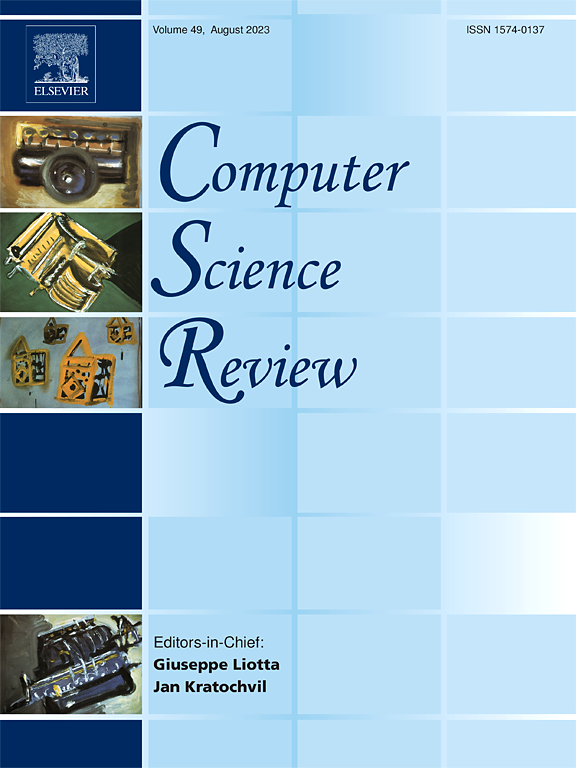回顾知识图谱完成的背景、方法、限制和机会
IF 12.7
1区 计算机科学
Q1 COMPUTER SCIENCE, INFORMATION SYSTEMS
引用次数: 0
摘要
知识图补全(Knowledge graph completion, KGC)作为从大规模数据中提取隐藏知识的关键技术,近年来随着知识图(Knowledge graph, KG)技术的发展,已经发展成为一个系统的研究框架。为了解决当前研究面临的诸多挑战,本研究系统地回顾了KGC领域的基本理论和方法体系,将其分为四类:基于嵌入的方法、基于路径的方法、基于神经网络的方法和基于大语言模型(LLM)的方法。目前的研究表明,传统的闭域KGC依赖于标准的KG嵌入或关系路径模型,对于结构化数据的补全仍然有效。然而,在开放场景中处理看不见的实体和关系有明显的限制。随着神经网络和法学硕士的突破,开放域KGC已经开始出现,尽管仍然缺乏对模型架构的系统分析和分类。为了弥补这一差距,本文进行了多维度的学术考察,明确了基础研究格局和核心方法论差异,建立了一个跨越封闭和开放领域的模型分类框架,并整合了该领域的主流数据集资源。此外,本文还探讨了复杂知识推理、领域适应性提升、llm与KGs深度融合等关键问题所面临的挑战和未来技术发展方向,为后续研究提供理论基础和实践参考。本文章由计算机程序翻译,如有差异,请以英文原文为准。
A review of background, methods, limitations and opportunities of knowledge graph completion
Knowledge graph completion (KGC), as a pivotal technology for extracting hidden knowledge from large-scale data, has evolved into a systematic research framework through the development of knowledge graph (KG) technology in recent years. To address the many challenges faced by current research, this study systematically reviews the fundamental theories and methodological systems in the field of KGC, grouping them into four categories: embedding-based, path-based, neural network-based, and large language model (LLM)-based approaches. Current research indicates that traditional closed-domain KGC relies on standard KG embedding or relational path models, which remain effective for completing structured data. However, there are notable limitations in handling unseen entities and relations in open scenarios. With breakthroughs in neural networks and LLMs, open-domain KGC has begun to emerge, although a lack of systematic analysis and classification of model architectures still persists. To address this gap, this review conducts a multi-dimensional academic investigation, clarifying the foundational research landscape and core methodological distinctions, establishing a model classification framework that spans both closed and open domains and integrating mainstream dataset resources within the field. Furthermore, the review explores the challenges and future directions of technological development, including critical issues such as complex knowledge reasoning, improvements in domain adaptability improvement, and the deep integration of LLMs with KGs, providing theoretical foundations and practical references to guide subsequent research efforts.
求助全文
通过发布文献求助,成功后即可免费获取论文全文。
去求助
来源期刊

Computer Science Review
Computer Science-General Computer Science
CiteScore
32.70
自引率
0.00%
发文量
26
审稿时长
51 days
期刊介绍:
Computer Science Review, a publication dedicated to research surveys and expository overviews of open problems in computer science, targets a broad audience within the field seeking comprehensive insights into the latest developments. The journal welcomes articles from various fields as long as their content impacts the advancement of computer science. In particular, articles that review the application of well-known Computer Science methods to other areas are in scope only if these articles advance the fundamental understanding of those methods.
 求助内容:
求助内容: 应助结果提醒方式:
应助结果提醒方式:


